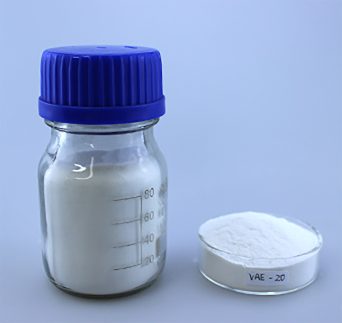
Août . 14, 2024 11:57 Back to list
Exploring the Benefits and Applications of Hydroxyethylcellulose in Natural Products and Industries
Hydroxyethylcellulose A Natural Polymer for Versatile Applications
Hydroxyethylcellulose (HEC) is a non-ionic, water-soluble polymer derived from cellulose, which is a naturally occurring biopolymer found in plant cell walls. This versatile substance has gained attention across various industries due to its unique properties, including thickening, gel-forming, and stabilizing capabilities. With a growing emphasis on sustainable and eco-friendly materials, HEC's natural origins and biodegradable characteristics position it as an attractive option for numerous applications.
HEC is produced by the etherification of cellulose, where ethylene oxide reacts with cellulose in an alkaline medium. This process results in a stable, white powder that is easy to handle and dissolve in water. The degree of substitution of hydroxyl groups with hydroxyethyl groups on the cellulose chain determines the viscosity and solubility properties of HEC, allowing for customization according to specific needs.
Hydroxyethylcellulose A Natural Polymer for Versatile Applications
In the pharmaceutical sector, hydroxyethylcellulose plays a crucial role as a pharmaceutical excipient. It is often used in formulations for controlled drug release, as its gel-forming abilities allow for a sustained release of active ingredients. HEC can be found in various dosage forms, such as tablets, capsules, and topical ointments, where it contributes to viscosity and stability. Furthermore, its non-toxic and biocompatible nature makes it a safer alternative in drug delivery applications.
hydroxyethylcellulose natural

The food industry also benefits from HEC's properties; it is utilized as a thickening agent, stabilizer, and emulsifier in various food products. HEC is particularly valuable in gluten-free baking, where it can improve the texture and moisture retention of baked goods, mimicking the properties of gluten. As consumers increasingly seek clean label ingredients, HEC, being natural and devoid of synthetic additives, fits well with the trend towards healthier food options.
In addition to these applications, HEC is increasingly utilized in the construction industry. It acts as a water retention agent in cement and mortar mixtures, enhancing workability and preventing cracking during the drying process. By retaining moisture, HEC ensures that the cement hydrates properly, leading to improved mechanical properties and durability of the final structure.
The environmental advantages of hydroxyethylcellulose cannot be overstated. As a biodegradable polymer, HEC offers a sustainable alternative to synthetic polymers and additives. Its natural origin and compatibility with various other materials align with the goals of reducing plastic waste and fostering sustainable practices across industries.
However, as with any substance, the quality and sourcing of hydroxyethylcellulose are critical. It is essential for manufacturers to ensure that the cellulose used in the production of HEC is sourced sustainably and ethically. This consideration not only reflects the growing consumer demand for responsible sourcing but also reinforces the commitment to environmental sustainability.
In conclusion, hydroxyethylcellulose stands out as a multifunctional, natural polymer with a wide range of applications across different industries. From cosmetics to pharmaceuticals and food to construction, HEC's versatility and eco-friendly properties make it an invaluable resource in an increasingly sustainable world. As research continues to explore its potential, hydroxyethylcellulose is poised to play an even more significant role in developing innovative and environmentally-friendly products.
-
Why HPMC is a Key Additive in Wall Putty Formulations
NewsAug.05,2025
-
Redispersible Powder in Decorative Renders: Function Meets Finish
NewsAug.05,2025
-
Redispersible Powder for Interior Wall Putty: Smooth Results Every Time
NewsAug.05,2025
-
HPMC’s Water Retention Capacity in Dry Mortar Applications
NewsAug.05,2025
-
HPMC Factory Contributions to Liquid Detergents
NewsAug.05,2025
-
How HPMC Factory Products Change Detergent Textures
NewsAug.05,2025







